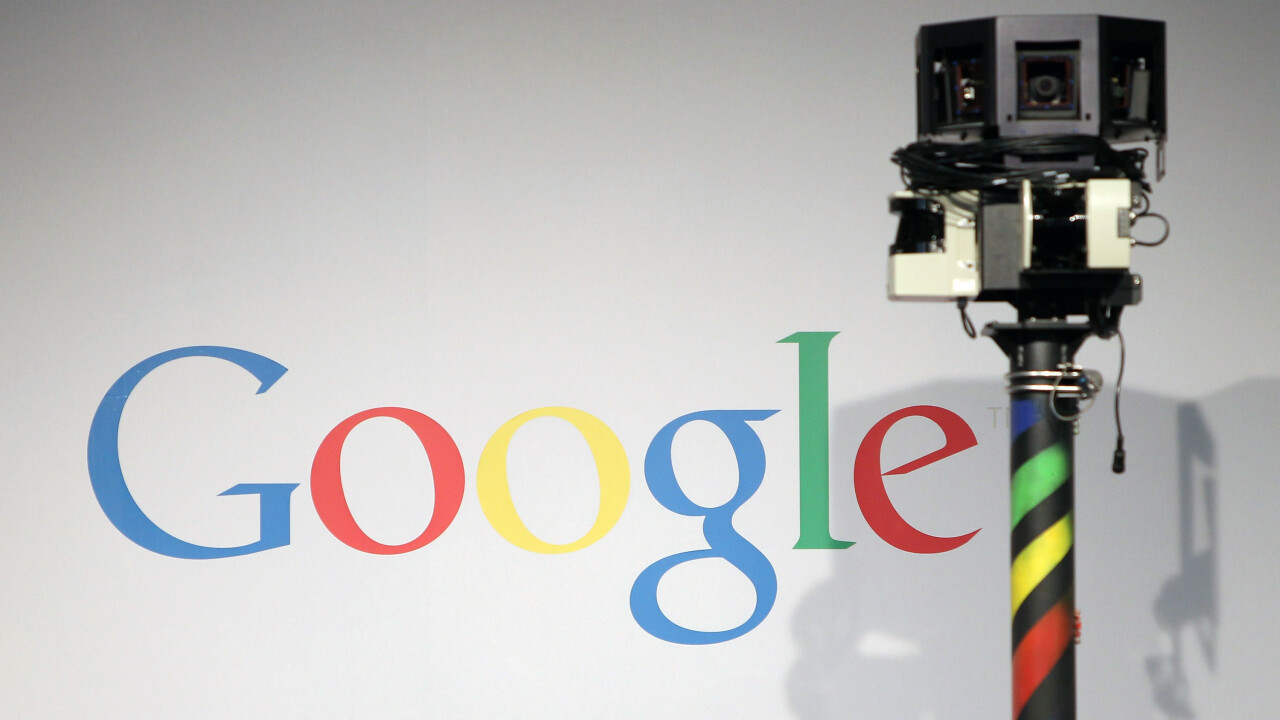
Flutter, the company focused on developing a hand gesture interface, says that it has been acquired by Google. Company CEO Naveet Dalal says that the team will be continuing its research at the search engine company. A Google spokesperson has confirmed the news saying:
We’re really impressed by the Flutter team’s ability to design new technology based on cutting-edge research. We look forward to supporting and collaborating on their research efforts at Google.”
No details on the price or the terms of the deal were released.
If you’re not familiar with the Flutter brand, you’re probably aware of its service — it has a popular Mac application and describes itself as “Kinect for OS X” whereby it uses hand gestures to detect movement using the built-in webcam in devices to help control music and movies. It can control navigation for iTunes, Spotify, Windows Media Player, and Winamp. We’ve heard that this app will not be affected by the acquisition.
The company has received $1.4 million in funding from Y Combinator, Andreessen Horowitz, New Enterprise Associates, Spring Ventures, and Start Fund.
Granted that the technology is predominantly for Apple software, could we be seeing Google adding Flutter’s capabilities to its native apps or perhaps adapting it for Android? If so, perhaps leveraging it for the company’s wearable devices such as Google Glass could be in the realm of possibilities. With the spread of Google Play Music All Access and more users purchasing content from the Google Play store, hands free gesturing could be something that further distinguishes the platform from Apple’s.
Interestingly, these capabilities already exist on Android devices, at least with the Samsung Galaxy S3 and S4 devices. Remember those commercials that featured motion gestures for the Samsung device? Flutter has said that it would eventually add support for Netflix and YouTube, so this is probably what makes this appealing to Google.
Let’s not also forget that Google is exploring new ways to further interact with computers, beyond simply using the keyboard and mouse — almost like something straight out of Minority Report. The company has Gmail Motion that users can test to control their email simply by using their body motion. Maybe integration with Chromebooks, such as the Pixel could also be in the works?
What’s more, Flutter had planned on implementing a business model whereby it would license its technology to software companies that would want to integrate the hand gesturing into their own apps. This could clearly open up new opportunities for those building on Android.
Ironically, some had thought Flutter would be a prime target for Apple to acquire.
Here’s the acquisition announcement:
When we started three years ago, our dream to build a ubiquitous and power-efficient gesture recognition technology was considered by many as just “a dream”, not a real possibility. Since then, we have strived to build the best machine vision algorithms and a delightful user experience.
Even after we launched our first app, we didn’t stop our research; your enthusiasm and support pushed us to continue to do better. We’re inspired everyday when we hear, for example, that Flutter makes you feel like a superhero — because any sufficiently advanced technology should be indistinguishable from magic, right?
Today, we are thrilled to announce that we will be continuing our research at Google. We share Google’s passion for 10x thinking, and we’re excited to add their rocket fuel to our journey.
We’d like to extend a special thank you to all of our users; your feedback and evangelism inspire us every day. Flutter users will be able to continue to use the app, and stay tuned for future updates.
Photo credit: Sean Gallup/Getty Images
Get the TNW newsletter
Get the most important tech news in your inbox each week.




